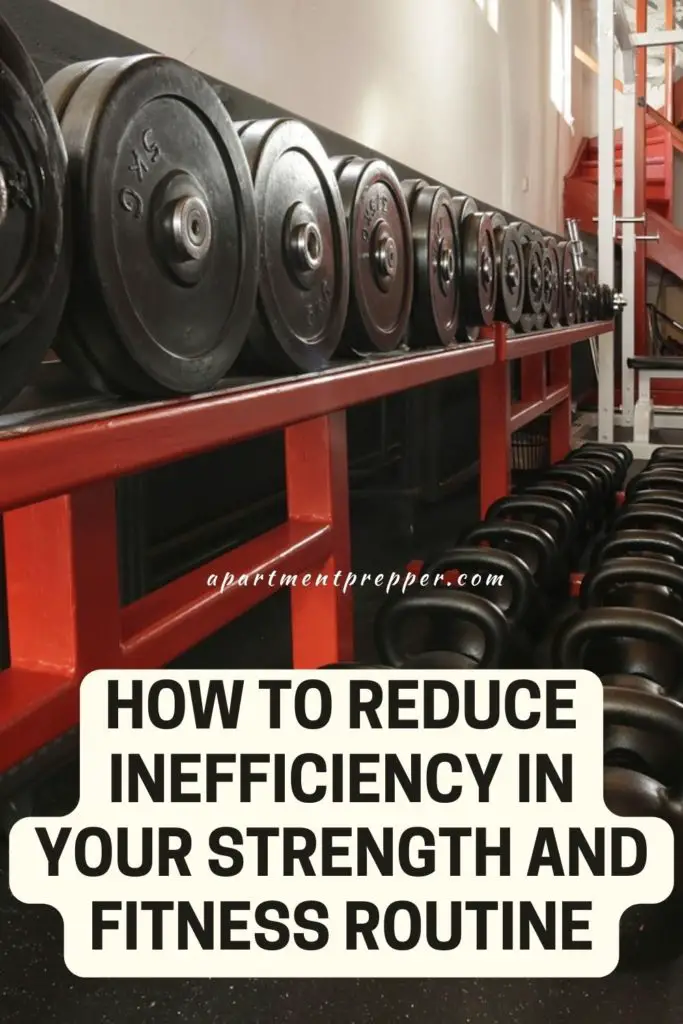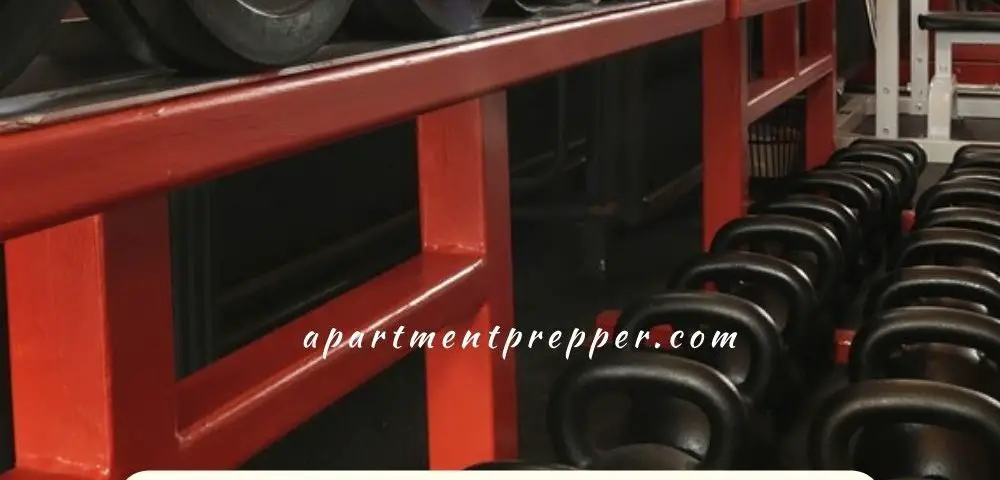Editor’s note: Like it or not, fitness is a necessary part of being prepared. It is important to maintain your overall health. Today’s guest post should help you get into a more efficient fitness routine.
Written by Martin Banks
One of the most challenging parts of creating a fitness routine is making each workout as streamlined and productive as possible. As much as we try to consolidate our training sessions, we still waste precious time and energy. It’s time to stop trying and start doing.
Here are five ways to reduce inefficiency in your strength and fitness routine.
1. Skip the Long Warm Up Routine
Once you enter the gym, you should immediately start doing warm up sets for your first exercise. You don’t need to lollygag in the gym locker room or do an extensive mobility routine with bands, cables, or other equipment. Many of us underestimate our bodies in this regard. Young people in decent shape don’t need to “activate” their muscles before working out. All you need is a few warm up sets to get the blood flowing and work on your form.
Developing proper form should be your warm up’s main focus, not mobility or muscle activation. Those elements will improve as the workout progresses, which brings us to our next point: you don’t need to warm up for isolation movements later in the workout. Your body is already warmed up at that point. Jump into your working sets right away and save yourself some time and energy.
2. Listen to Your Body
Contrary to popular belief, no exercise is mandatory in a workout routine. While movements like the squat and bench press are effective for most people, that doesn’t guarantee they will be effective for you. If you gave those exercises multiple tries and they don’t seem to fit your body type, stop doing them. You can find many adequate substitutes and stay on track.
You should only do exercises where you can feel the targeted muscle moving the weight. If you can’t feel that mind-muscle connection, the problem stems from two possibilities: you’re too inexperienced with the movement, or it doesn’t work with your body type.
For example, people with poor ankle mobility can’t squat with a full range of motion. No matter how much they try, that one unique factor holds them back from making progress. Other times, the issue isn’t with your body, but with a piece of equipment. The floor might not provide sufficient traction or a barbell doesn’t fit right in your hands.
Don’t feel pressured to do exercises that your body doesn’t agree with. Find an environment that enables your success and movements that you can do with proper form and feel in your muscles.
3. Time Your Rest Periods
We usually have a rough estimate of how long we rest between sets. It tends to fall between two and four minutes, but we don’t realize how disparate that range can be. Training on two minutes of rest is much different from training on four minutes. An inconsistent rest period causes your performance to fluctuate throughout the workout.
Plus, extended rest periods contribute to longer training sessions. A one-hour workout can turn into an hour and a half if you spend excessive time resting between sets. The simple solution to this problem is to time your rest periods. Use a stopwatch or the clock app on your cell phone to make sure you rest only as much as necessary.
Make sure your rest periods vary by exercise. Heavy compound movements like the squat, deadlift, and bench press require three to five minutes of rest, while lighter isolation movements can have rest periods as quick as one minute. Be mindful of these differences and plan your workout accordingly.
4. Stop Looking at Your Phone
Mindlessly scrolling through our phones is another bad habit many of us are guilty of doing. We lose track of time and occupy equipment for much longer than necessary, making our workouts longer and less productive. Our phones also break our concentration and prevent us from fully focusing on the task at hand.
Using your phone to set a timer, change music, or send a quick text is understandable, but none of us need to scroll through our social media feeds. It’s just another distraction. We spend enough time on our phones anyway. Give your eyes and brain a break from the external noise and put all of that mental energy into your workouts.
5. Implement Different Set Structures
The straight-set structure is the foundation of a solid workout routine. It gives you enough rest time and enables you to maximize strength in each set. However, if you’re lacking time and energy, try implementing these different set structures:
● Supersets: Do two to three exercises with different muscle groups in quick succession without rest. Arnold Schwarzenegger used to do chest/back supersets in his routine, for example.
● Giant sets: A longer version of the superset that can include as many as five back-to-back exercises. It’s a rather extreme method, but it can help you save a significant amount of time.
● Compound sets: Do two to three consecutive exercises with the same muscle group. People often use this structure to improve the mind-muscle connection with their weaker muscles.
● Drop sets: After ending a set, drop the weight and do another set immediately after. Many people use drop sets after they finish the working sets on their compound movements.
These options are only the most popular alternatives to straight sets. You can implement numerous other set structures into your workout. Experiment with the various types and determine which ones fit best with your schedule and goals.
Consolidate Your Time and Effort in the Gym
These five tips will help you consolidate both time and effort in the gym. Enough wasting time with long rest periods, mindless scrolling, and excessive warm up routines. No more getting frustrated with ineffective exercises. Listen to your body’s capabilities and shut out the outside noise, and your workout routine will become more efficient than ever.
About the author
Martin Banks is the managing editor at Modded. Follow him on Twitter @TModded for frequent updates on his work.
If you found this article interesting or helpful, please consider helping us out (without costing you anything)! We are an affiliate of Amazon.com, which means we received a small commission if you click through one of our Amazon links when you shop, at totally no cost to you. This helps keep the lights on at the blog. Thanks!


